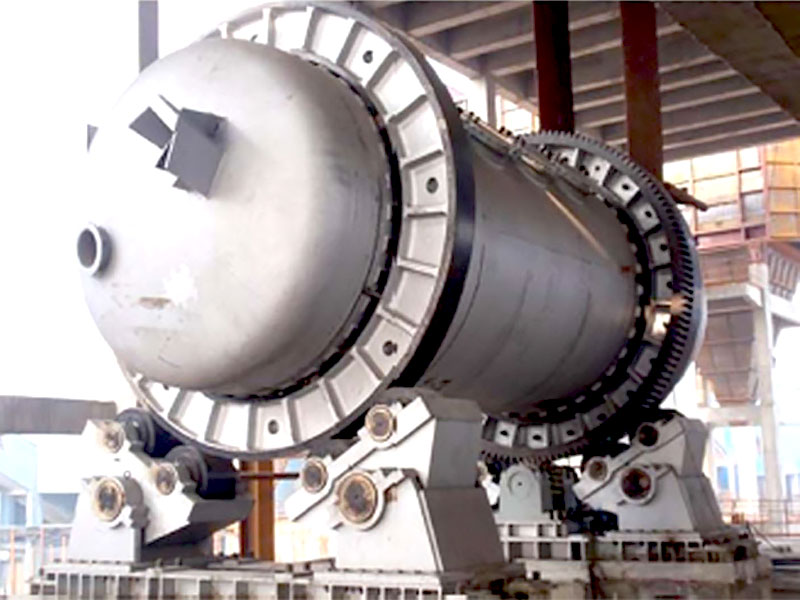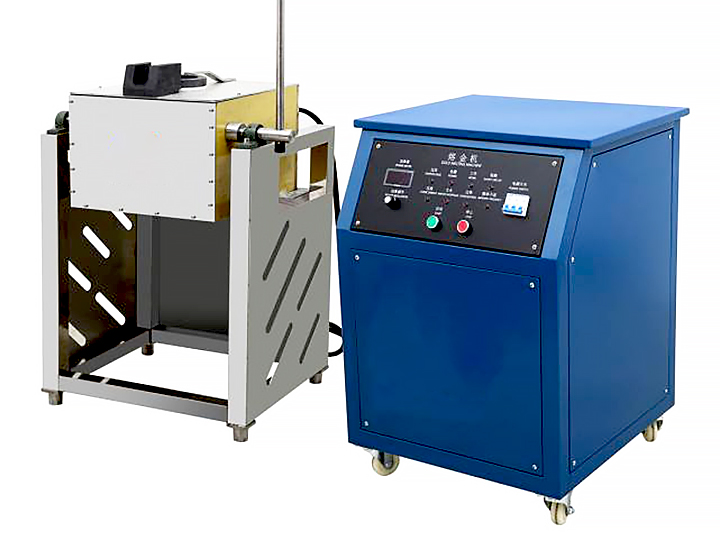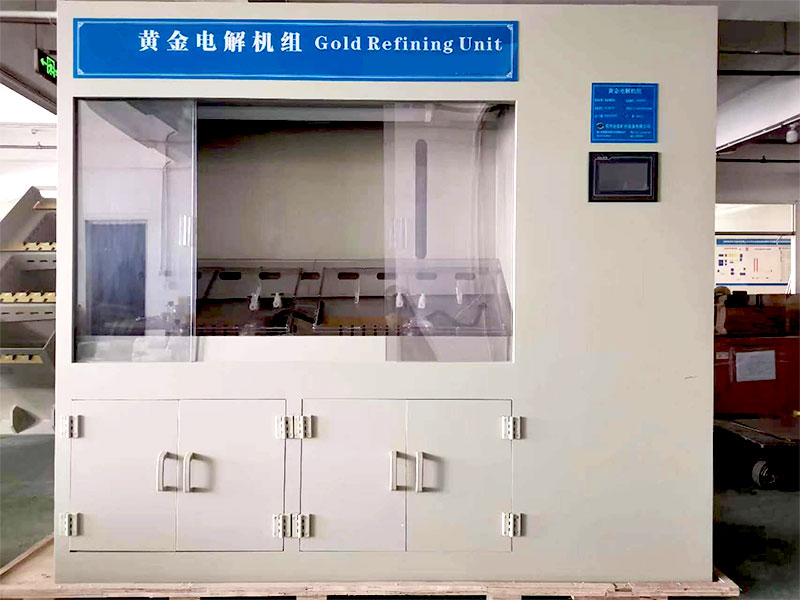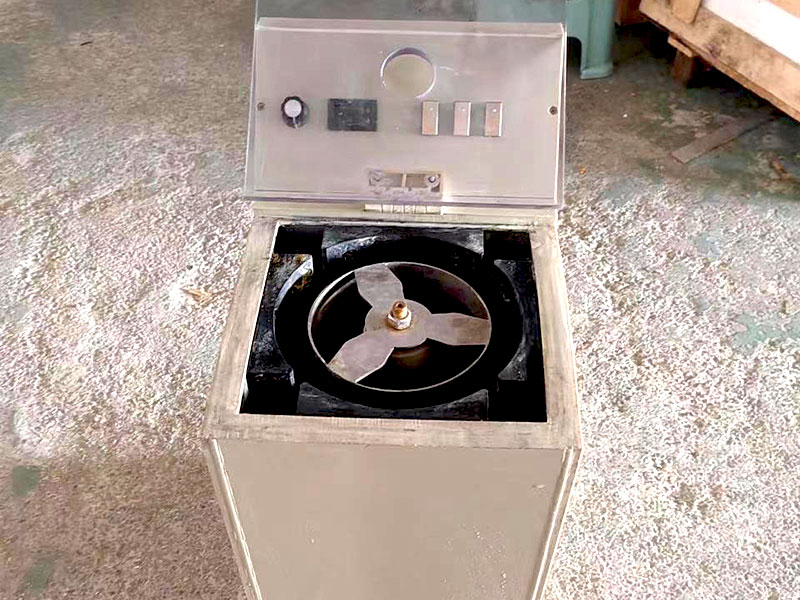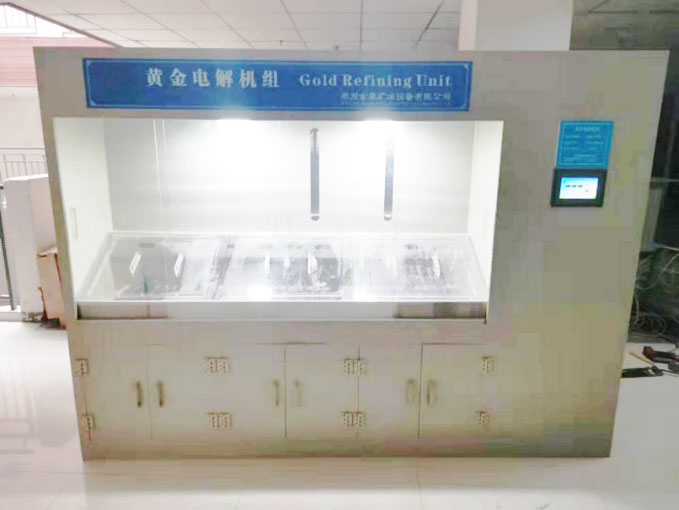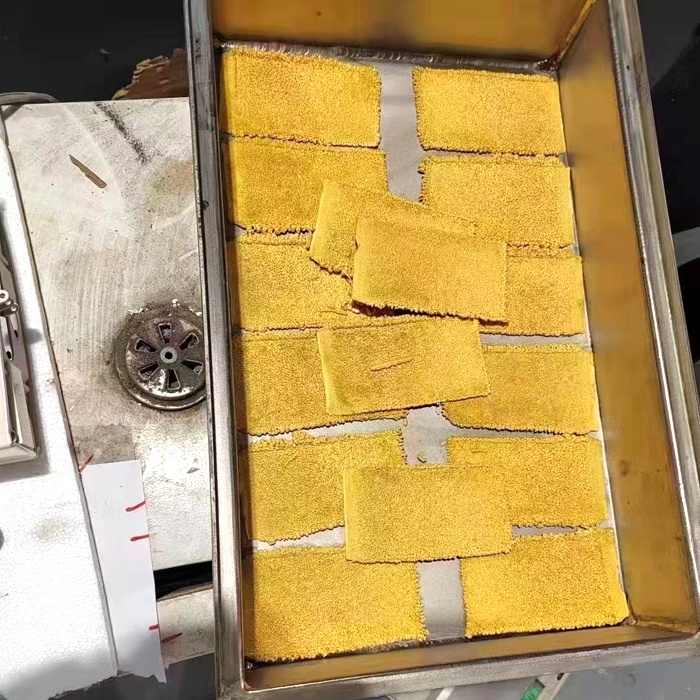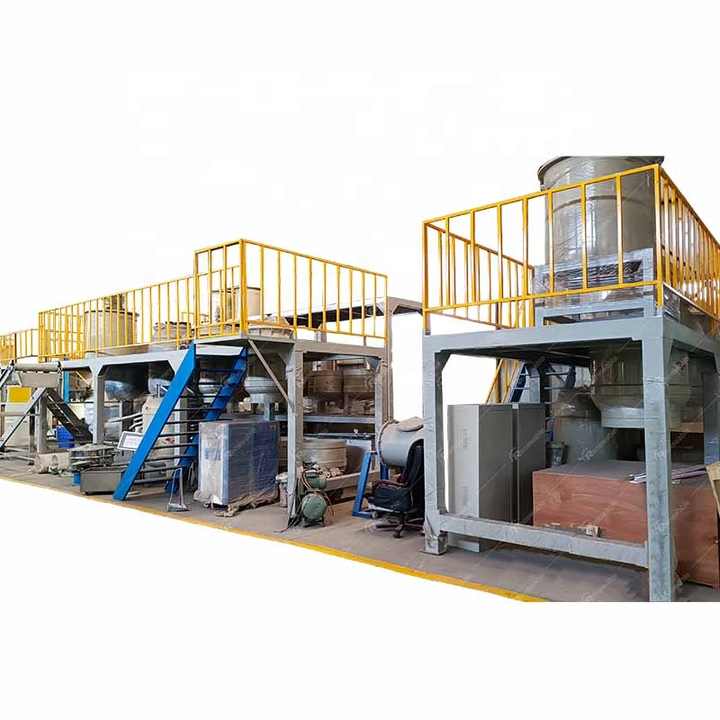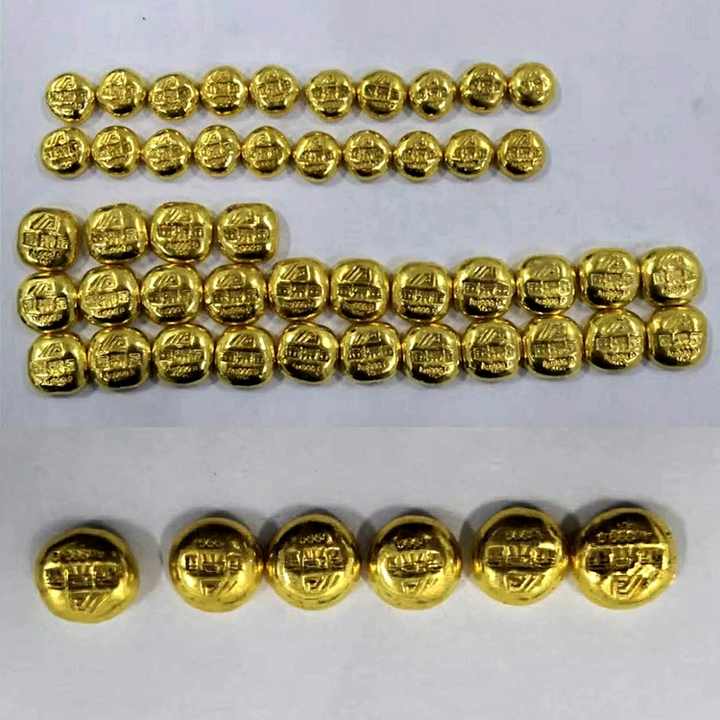home gold refining kit

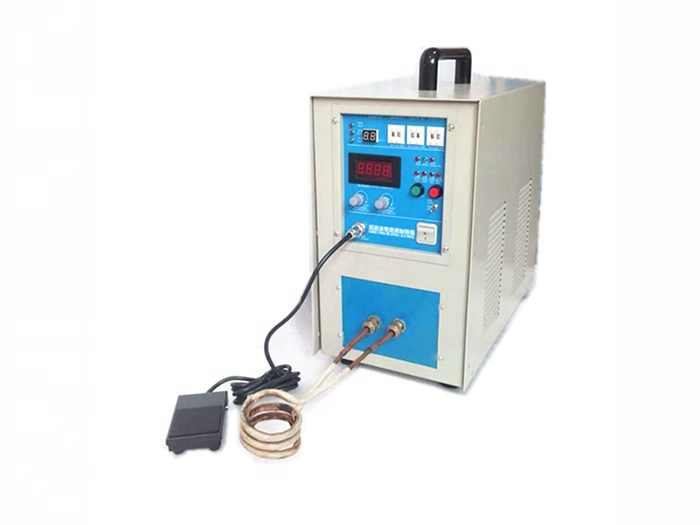

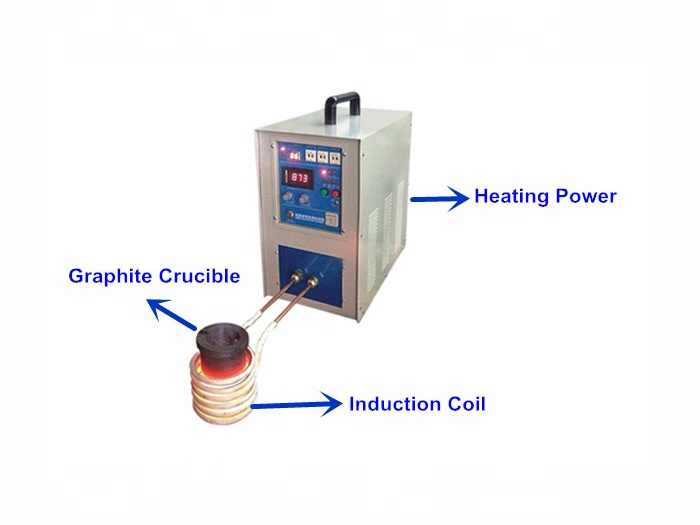
The allure of refining gold at home has become increasingly popular, thanks to the availability of home gold refining kits. These kits allow hobbyists, small-scale refiners, and even professional jewelers to purify gold in the comfort of their own homes. Whether you are looking to recover gold from old jewelry or other gold-bearing materials, a home gold refining kit offers a convenient and affordable solution. In this article, we will explore the process of refining gold at home and the key considerations for using these kits safely and effectively.
1. What is a Home Gold Refining Kit?
A home gold refining kit is a collection of tools and chemicals designed for the purification of gold. These kits allow users to refine gold by removing impurities such as other metals and contaminants. While professional refiners use industrial-scale equipment, a home kit provides a simplified version that can be used by anyone with basic knowledge of chemistry and safety.
2. Components of a Home Gold Refining Kit
Each home gold refining kit comes with a variety of components, depending on the manufacturer and the method used for refining. Common components include:
- Chemicals (such as acids like nitric acid or aqua regia)
- Crucibles and tongs for melting gold
- Filtering materials
- Protective gear (gloves, goggles, and aprons)
- Detailed instructions for use
2.1. Chemicals for Refining
The primary chemicals used in a home gold refining kit are acids that help dissolve impurities from the gold. Nitric acid is commonly used in combination with hydrochloric acid to create aqua regia, a highly effective solution for gold refining.
2.2. Crucibles and Tongs
Crucibles are heat-resistant containers that hold the gold as it is melted. Tongs are used to handle the crucibles when they are hot, ensuring safety during the refining process.
3. How to Use a Home Gold Refining Kit
The process of using a home gold refining kit requires caution and precision. The steps typically involve dissolving the gold in an acid solution, filtering out impurities, and then precipitating pure gold. Below is a general outline of the refining process.
3.1. Dissolving Gold
The first step in refining gold is to dissolve the gold-bearing material in a chemical solution. Aqua regia, a mixture of nitric acid and hydrochloric acid, is often used to dissolve gold.
- Mix the chemicals in a well-ventilated area or under a fume hood.
- Add the gold-bearing material to the solution.
- Allow the solution to dissolve the gold, leaving impurities behind.
3.2. Filtering Impurities
Once the gold is dissolved, the solution is filtered to remove impurities such as silver, copper, or other metals. Specialized filters included in the home gold refining kit help separate these unwanted materials from the gold solution.
3.3. Precipitating Pure Gold
After filtering out impurities, a reducing agent is added to the solution to precipitate pure gold. The gold will settle at the bottom of the container as a fine powder.
- Add the reducing agent slowly and stir the solution.
- Wait for the gold particles to form and settle.
- Once the gold has settled, pour off the remaining solution, leaving the gold behind.
3.4. Melting and Casting Gold
The final step is to melt the gold powder and cast it into bars or other desired forms. The crucible is heated in a furnace or with a torch until the gold melts, then it is poured into molds to cool and solidify.
4. Safety Precautions for Home Gold Refining
Refining gold at home using a home gold refining kit involves working with hazardous chemicals and high temperatures, so safety is paramount. Below are some important safety precautions to follow:
4.1. Proper Ventilation
Always use the kit in a well-ventilated area, preferably outdoors or under a fume hood, to avoid inhaling harmful fumes.
4.2. Protective Gear
Wear protective gloves, goggles, and aprons to protect yourself from chemical splashes and burns.
4.3. Safe Disposal of Waste
The chemicals used in gold refining can be harmful to the environment. Ensure that any leftover acids or waste materials are disposed of safely, according to local regulations.
5. Benefits of Using a Home Gold Refining Kit
A home gold refining kit offers several benefits for those looking to purify gold on a small scale. Here are some of the key advantages:
5.1. Cost-Effective
For hobbyists and small-scale refiners, a home gold refining kit is a cost-effective alternative to sending gold to a professional refinery. You can save on fees and refine gold at your own pace.
5.2. Convenient and Portable
Unlike industrial equipment, a home gold refining kit is compact and portable, making it easy to use in any suitable workspace. Whether you have old jewelry, gold coins, or electronic scrap, you can refine gold without the need for large machinery.
5.3. High Purity Gold
Despite being a small-scale solution, a home gold refining kit can produce gold of high purity, comparable to what is achieved in professional refining processes.
6. Limitations of Home Gold Refining Kits
While home gold refining kits are effective for small-scale operations, they do come with certain limitations.
6.1. Limited Capacity
Home kits are designed for small amounts of gold, typically a few ounces at a time. For larger quantities, professional refining services may still be necessary.
6.2. Chemical Handling Risks
Working with acids and other chemicals can be dangerous if not done properly. Users must be cautious and follow all safety instructions to prevent accidents.
A home gold refining kit is an excellent tool for anyone interested in purifying gold on a small scale. Whether you’re a hobbyist looking to refine old jewelry or a small business looking to recover gold from scrap, these kits offer a convenient, cost-effective, and efficient way to achieve high-purity gold. However, it’s essential to follow all safety precautions and understand the limitations of refining at home. With the right tools and knowledge, a home gold refining kit can turn gold-bearing material into valuable, pure gold.

